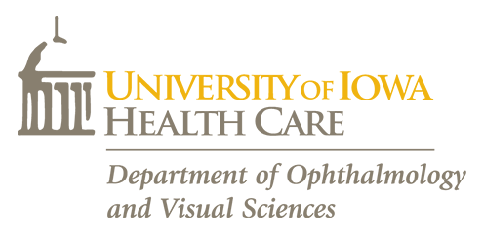X-linked juvenile retinoschisis (XLRS) is an inherited vision disorder affecting approximately 1 in 10,000 people globally, the vast majority of whom are males because of its X-linked recessive inheritance pattern. Its chief clinical signs are uncorrectable vision loss and cystic macular lesions, both of which can appear quite early in childhood. Retinal cells express a gene called RS1 that codes for Retinoschisin, a protein that allows the layers of the retina to adhere to one another. A mutated RS1 gene can halt production of functional Retinoschisin, leading to retinal layer splitting that ultimately damages photoreceptors the cells that facilitate vision by converting light into electrical signals.
Although XLRS-related retinal degeneration can progress to legal blindness, its prognosis is often positive: while surgery is occasionally required to treat some of its less common symptoms such as retinal detachment, and vitreous hemorrhage (bleeding inside the eye), it is generally manageable with glasses and oral or topical carbonic anhydrase inhibitors, which reduce swelling within the intraocular cysts. Additionally, through funding graciously granted by The Chakraborty Foundation, ours is one of a number of labs investigating the possibility of XLRS amelioration via gene therapy, a treatment in which functional copies of the RS1 gene are injected under the retina or into the vitreous (the gel inside the eye) to produce normal Retinoschisin.
For more information regarding XLRS, you may consult the links below:
National Institutes of Health Genetics Home Reference: X-Linked Juvenile Retinoschisis
Foundation Fighting Blindness: X-Linked Retinoschisis (XLRS)
National Organization for Rare Disorders: X-Linked Juvenile Retinoschisis
GeneReviews: X-Linked Retinoschisis
The John and Marcia Carver Nonprofit Genetics Testing Laboratory

